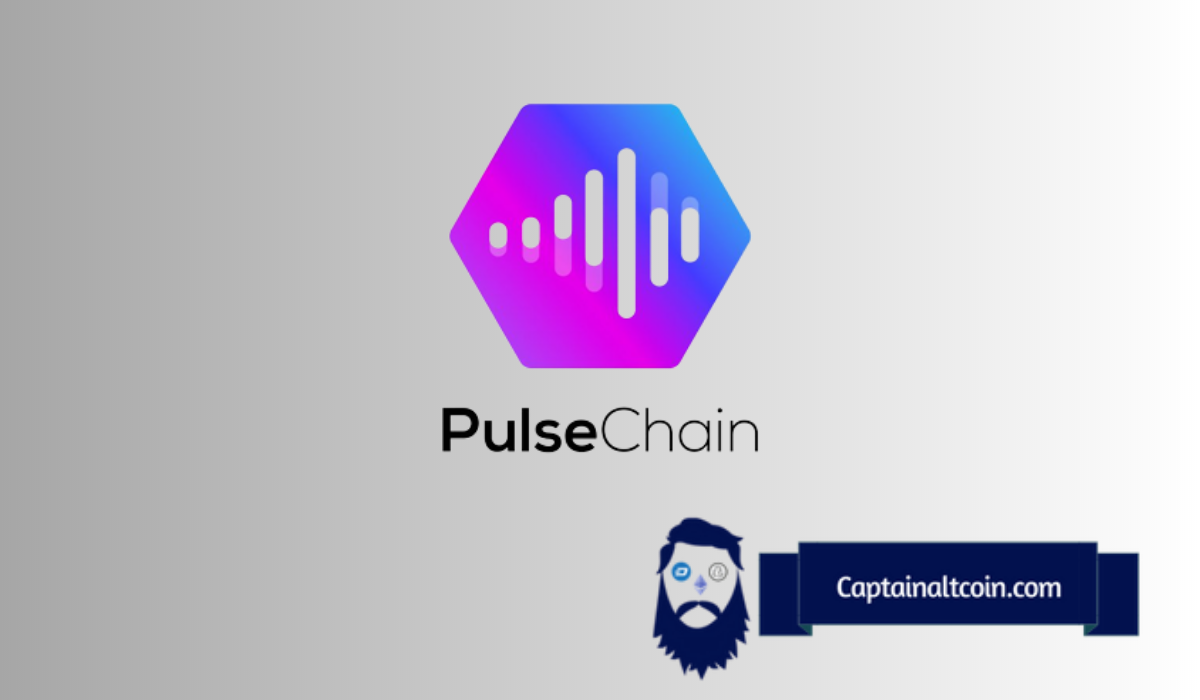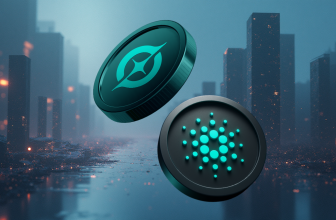
PulseChain, a brainchild of Richard Heart is pushing the boundaries of what’s possible in DeFi. But what is PulseChain, and why should you care? Let’s delve into Richard Heart’s vision to revive the project.
Richard Heart emphasizes the importance of contract addresses in PulseChain. These addresses, such as WPLS on Ethereum, are the platform’s backbone, enabling seamless transactions and interactions. Bridged tokens from Ethereum to PulseChain further enhance this functionality, creating a robust and interconnected ecosystem.
Heart introduces PLSX, a revolutionary approach to staking in PulseChain. With single-sided staking and auto routing across v1 and v2, PLSX offers faster route finding and leaves up the last auto route path for viewing. This streamlined approach to staking sets PulseChain apart in the crowded DeFi landscape.
His vision for the bridge from Ethereum to PulseChain (PLS) is a key feature of the platform. This bridge removes the claim button, as the process is automatic, and includes a timer to indicate when it’s useful to refresh. The bridge also provides reminders about needing PLS once you’re on the PulseChain side and the need to add the token to your wallet.
The PulseChain wallet, as envisioned by Richard Heart, is designed to simplify your life. It automates many of the tasks associated with managing your digital assets, allowing you to focus on what matters most: growing your portfolio.
Heart sees integration with third-party sites as a crucial part of PulseChain’s strategy. Sites like Metamask, Uniswap, and various stats sites are all part of the PulseChain ecosystem, providing valuable services and enhancing the user experience. He believes that the future of PulseChain depends on the community. Onramps, exchanges, developers, enterprises, and retail adoption are all areas where the community can make a difference. By reaching out and advocating for PulseChain, we can help this platform reach its full potential.
Heart has a unique approach to order execution. By splitting across available thick pairs on the Ethereum side, users can access each of the thick liquidity on the PLS side. This approach ensures optimal order execution and minimizes the impact of arbitrage bots.








